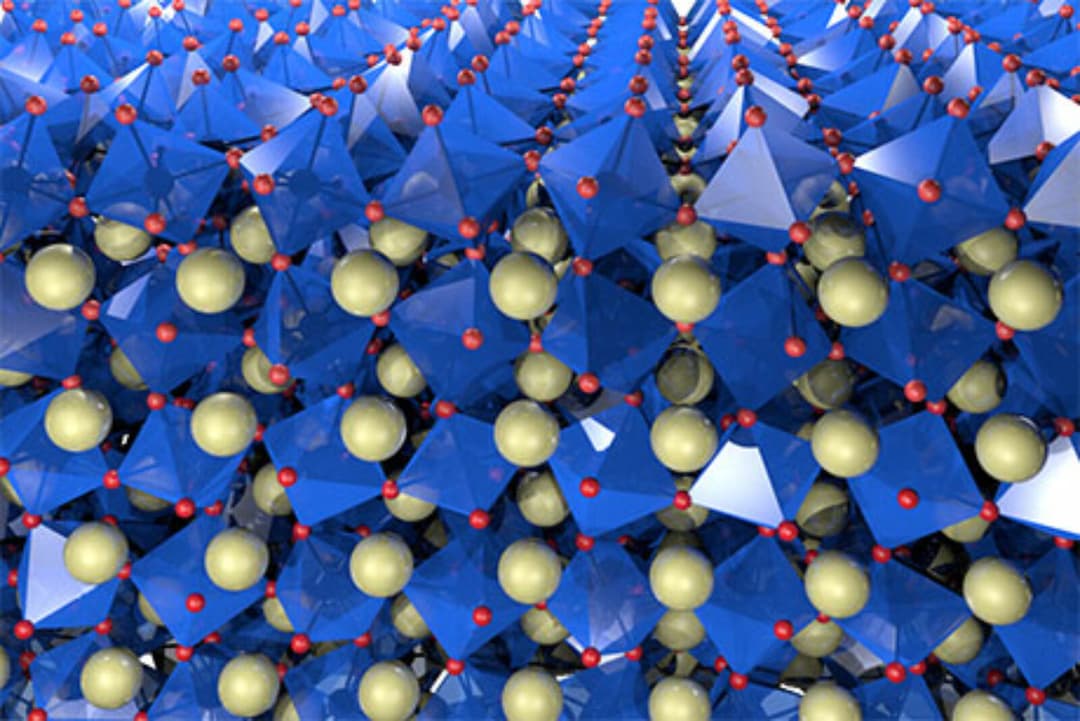New 'Knobs' Can Dial in Control of Materials

(Originally published by Cornell University)
February 24, 2015
Designing or exploring new materials is all about controlling their properties. In a new study, Cornell scientists offer insight on how different “knobs” can change material properties in ways that were previously unexplored or misunderstood.

“The ultimate goal is to control electronic and magnetic properties of new materials using various knobs,” said Kyle Shen, associate professor of physics, who led the study published in Physical Review Letters in January. “What you want is to turn one knob, change some parameter, and turn a material from this to that.”
The bread-and-butter methods of tuning materials’ properties include introducing impurities, such as chemical dopants, or modifying their atomic structures. Here, the researchers took a different approach, by employing an effect known as the spin-orbit interaction. This is the phenomenon an electron experiences when moving past another charged object, such as the atomic nucleus, and it is particularly pronounced in heavier elements near the bottom of the periodic table.
Typical complex electronic materials are “transition metal oxides,” where the metal is usually a lighter element such as copper, manganese, titanium or nickel. In this study, Shen and his group replaced the lighter transition metal with a much heavier element – iridium, a very rare element often found in meteorites. This replacement enhanced the effect of the spin-orbit interactions in the compound strontium iridate (SrIrO3).
In the absence of spin-orbit interactions, theoretical calculations predicted that strontium iridate would be a conventional metal. However, the researchers discovered that the strong spin-orbit interactions caused strontium iridate to teeter on the brink of being either a metal or a semiconductor – a “semimetal.”
Small disturbances to the crystal structure would cause the material to flip from being insulating to metallic, suggesting that the spin-orbit interaction could be a new way of controlling the electronic properties of complex materials.
The lead authors on the paper, “Interplay of Spin-Orbit Interactions, Dimensionality and Octahedral Rotations in Semimetallic SrIrO3” were former postdoctoral scholars Yuefeng Nie (now at Nanjing University), and Phil King (a Kavli Postdoctoral Fellow, now at St. Andrews' University). The team included Darrell Schlom, the Herbert Fisk Johnson Professor of Industrial Engineering in the Department of Materials Science and Engineering, and Craig Fennie, associate professor of applied and engineering physics. Jacob Ruff, a staff scientist at the Cornell High Energy Synchrotron Source, helped with crucial X-ray measurements of atomic structures.
The research was supported by the Kavli Institute at Cornell for Nanoscale Science, the Cornell Center for Materials Research, the National Science Foundation, and the Air Force Office of Scientific Research.